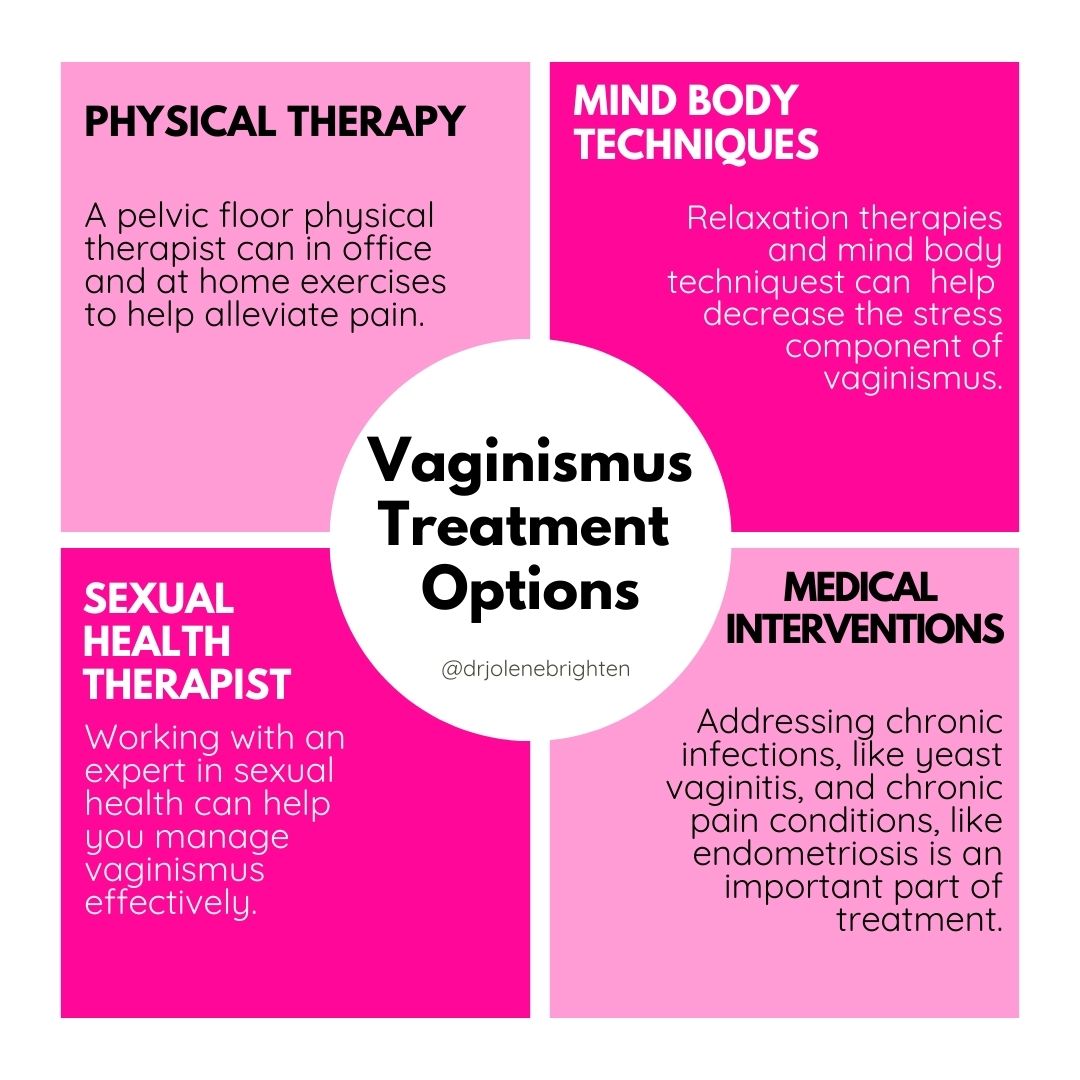
Vaginismus is a condition that affects many women, often leading to significant distress and discomfort during sexual activity. It is characterized by involuntary contractions of the pelvic floor muscles, making penetration painful or impossible. Understanding vaginismus, its symptoms, causes, and treatment options can empower women to seek help and reclaim their sexual health. In this blog, we will delve into the complexities of vaginismus and explore effective strategies for managing and treating this condition.
What is Vaginismus?
Vaginismus is defined as the involuntary tightening of the muscles surrounding the vagina, making penetration during intercourse, medical examinations, or even tampon insertion difficult or painful. This condition can occur in various contexts, including during sexual arousal or when expecting penetration. While vaginismus can lead to anxiety and frustration, it is essential to remember that it is a treatable condition.
Symptoms of Vaginismus
The symptoms of vaginismus can vary among individuals but typically include:
- Painful Intercourse (Dyspareunia): Discomfort or pain during penetration, which can range from mild to severe.
- Involuntary Muscle Contractions: Involuntary tightening of the vaginal muscles when penetration is attempted, making it challenging to engage in sexual activity.
- Fear or Anxiety About Intercourse: Anticipation of pain or discomfort can lead to anxiety, further exacerbating the condition.
- Difficulty with Tampons or Pelvic Exams: Many women with vaginismus find it painful or impossible to insert tampons or undergo gynecological examinations.
Causes of Vaginismus
Physical Causes
- Infections or Medical Conditions: Conditions such as vaginitis, pelvic inflammatory disease, or endometriosis can contribute to pain during intercourse.
- Hormonal Changes: Fluctuations in hormone levels, especially during menopause, can lead to vaginal dryness and discomfort, contributing to vaginismus.
- Anatomical Abnormalities: Some women may have anatomical issues, such as a hymen that has not stretched sufficiently or other structural abnormalities.
Psychological Causes
- Anxiety and Fear: Fear of pain or anxiety related to sexual activity can lead to muscle tightening, creating a cycle of discomfort and avoidance.
- Past Trauma: History of sexual abuse, trauma, or negative sexual experiences can contribute to the development of vaginismus.
- Relationship Issues: Lack of communication or unresolved conflicts within a relationship may lead to anxiety and discomfort during intimate moments.
Treatment Options for Vaginismus
While vaginismus can be a challenging condition, there are effective treatment options available:
1. Education and Understanding
Educating oneself about vaginismus is crucial. Understanding that it is a physical condition, often influenced by psychological factors, can help reduce feelings of shame or inadequacy. Recognizing that many women experience this condition can also provide comfort and community support.
2. Pelvic Floor Physical Therapy
Working with a specialized pelvic floor physical therapist can help women learn to relax their pelvic floor muscles. Techniques may include:
- Pelvic Floor Exercises: Strengthening and relaxing the pelvic floor muscles through guided exercises can improve control and comfort during penetration.
- Biofeedback: This technique helps individuals gain awareness of muscle tension and learn relaxation techniques to reduce involuntary contractions.
3. Cognitive Behavioral Therapy (CBT)
CBT can be beneficial in addressing the psychological aspects of vaginismus. A therapist can help individuals explore and reframe negative thoughts, fears, and anxieties related to sexual activity. This therapy can foster a healthier mindset and improve sexual experiences.
4. Gradual Exposure Therapy
Gradual exposure involves slowly and gently introducing penetration or vaginal insertion in a controlled and supportive environment. This can start with smaller objects, such as fingers or vaginal dilators, and progress as comfort increases. The goal is to desensitize the muscles and reduce anxiety.
5. Lubricants and Moisturizers
Using water-based lubricants or vaginal moisturizers can alleviate discomfort caused by vaginal dryness, making penetration easier and more comfortable. Discussing this with a healthcare provider can help identify suitable products.
6. Communication with Partners
Open and honest communication with partners about the condition is vital. Partners should be supportive and understanding, allowing for a safe space to discuss fears and anxieties. Exploring non-penetrative sexual activities can enhance intimacy without the pressure of penetration.
Personal Stories and Support
Hearing from other women who have experienced vaginismus can provide encouragement and hope. Many women find support through online forums or local support groups, where they can share their experiences and learn from one another. Knowing that others have successfully navigated vaginismus can inspire those struggling to seek help and try different treatment options.
Conclusion
Vaginismus is a condition that can significantly impact a woman’s sexual health and overall well-being. However, with the right education, treatment, and support, it is possible to overcome the challenges associated with this condition. By understanding the symptoms, causes, and available treatment options, women can take proactive steps toward reclaiming their sexual health. Remember, seeking help is a sign of strength, and you don’t have to navigate this journey alone.

